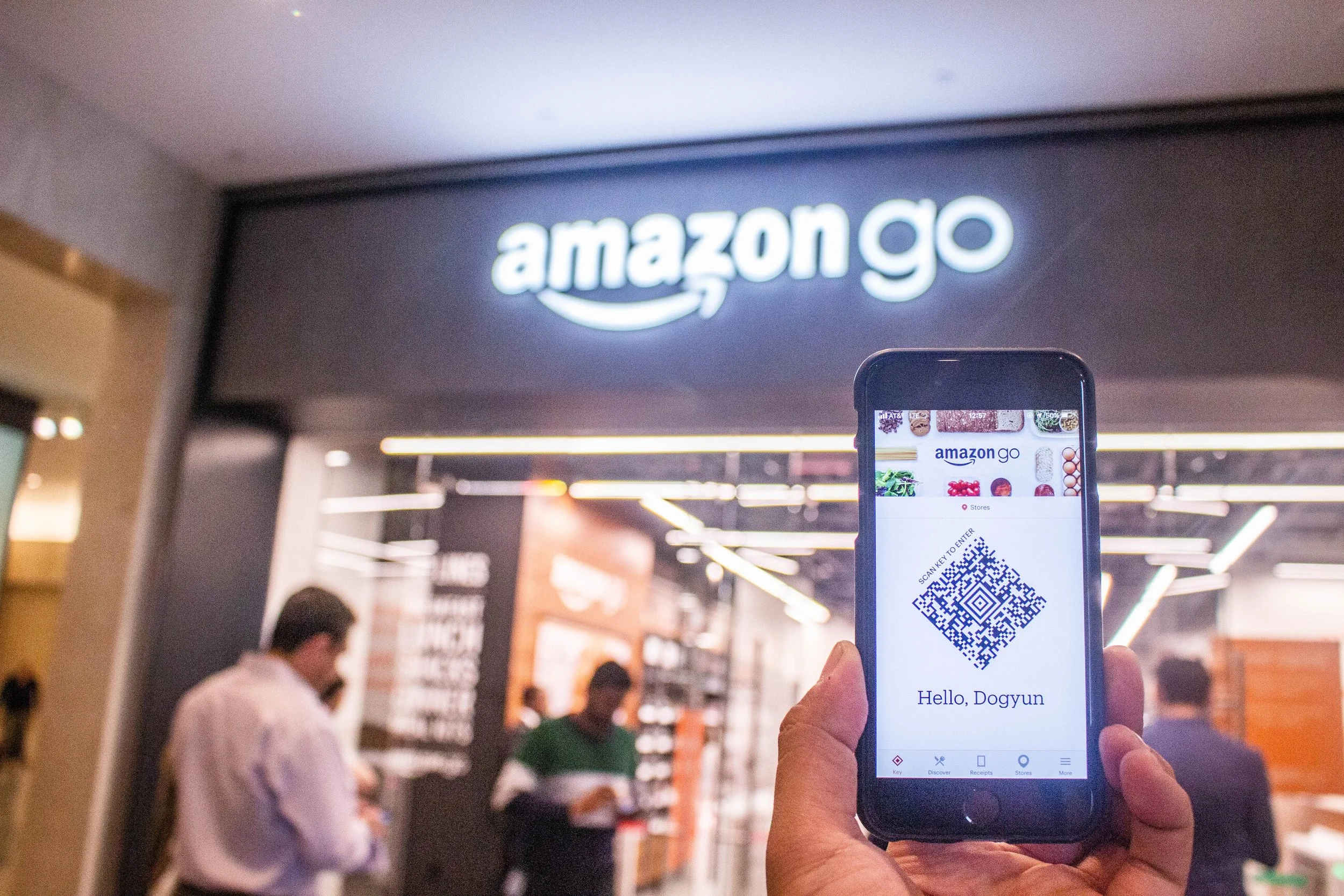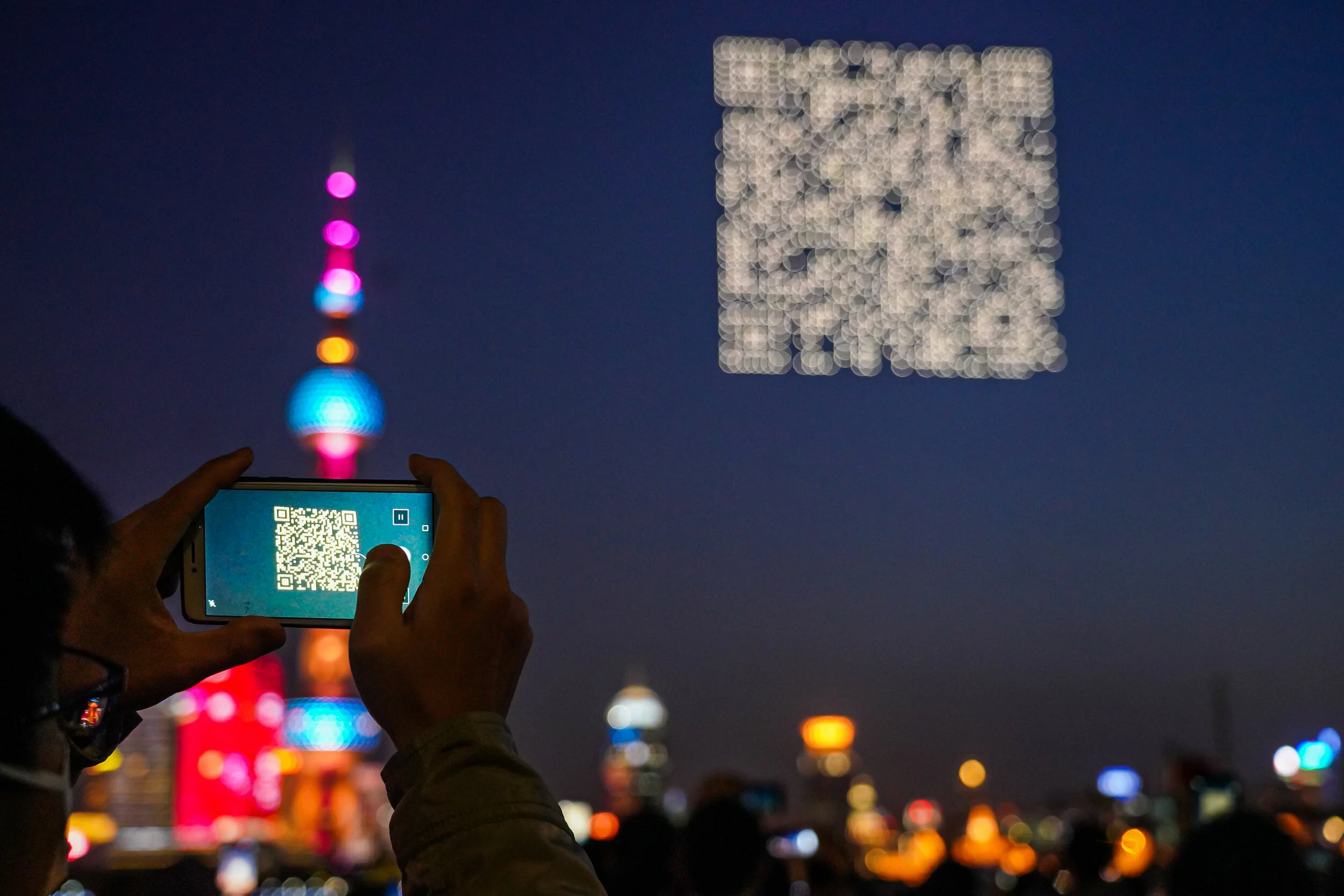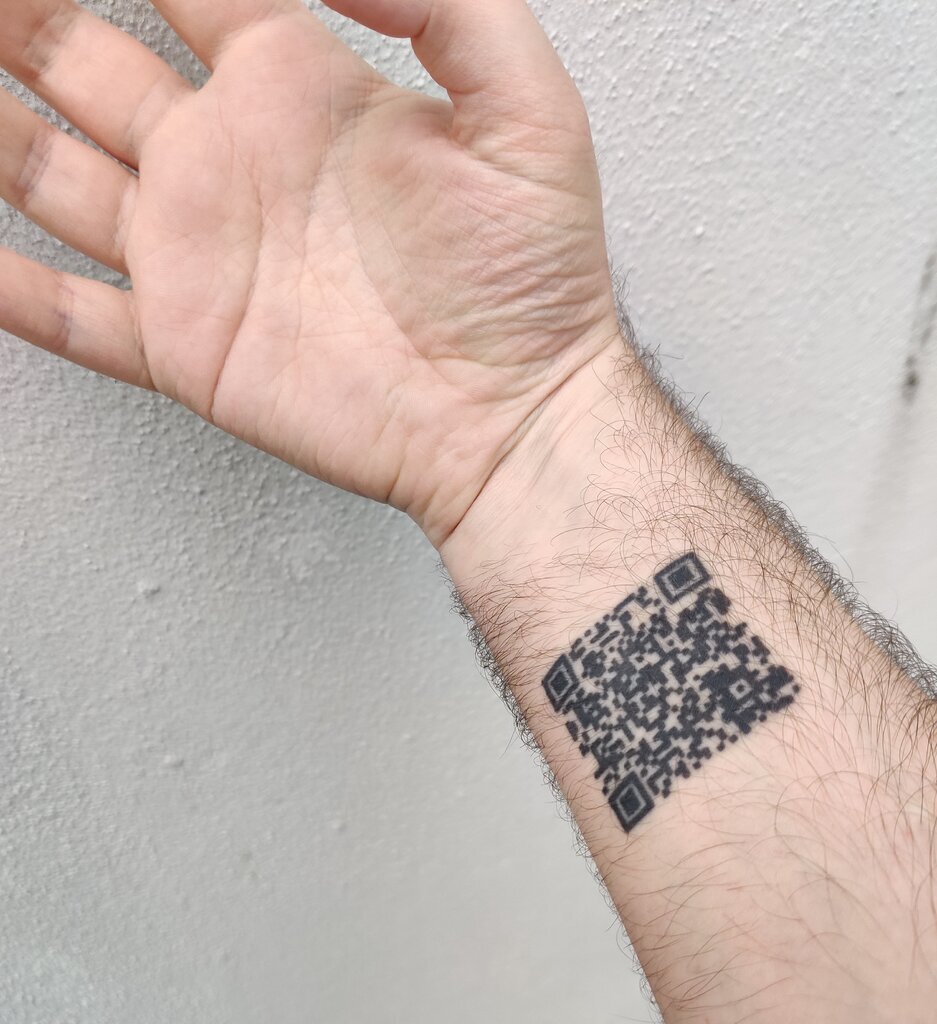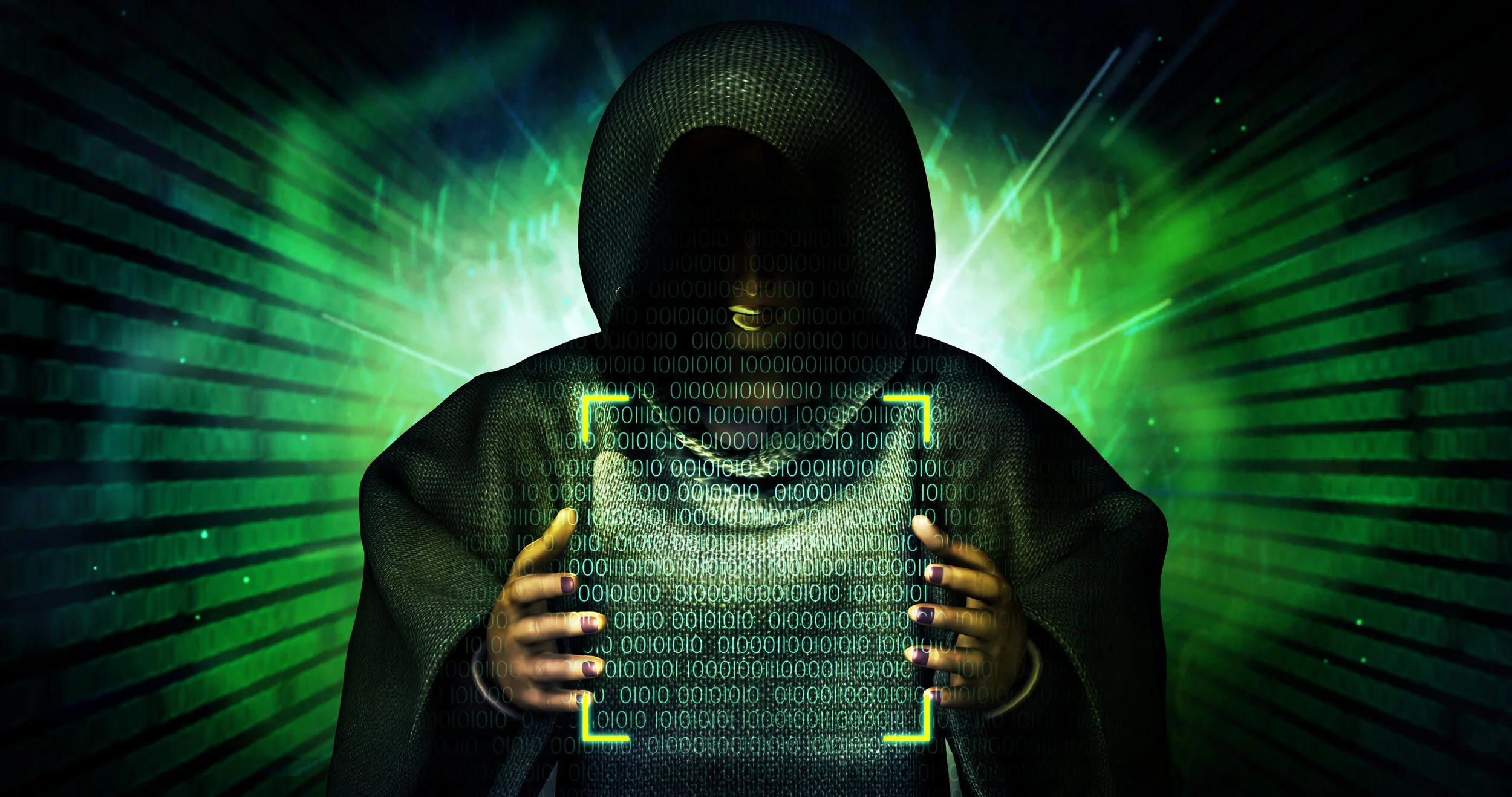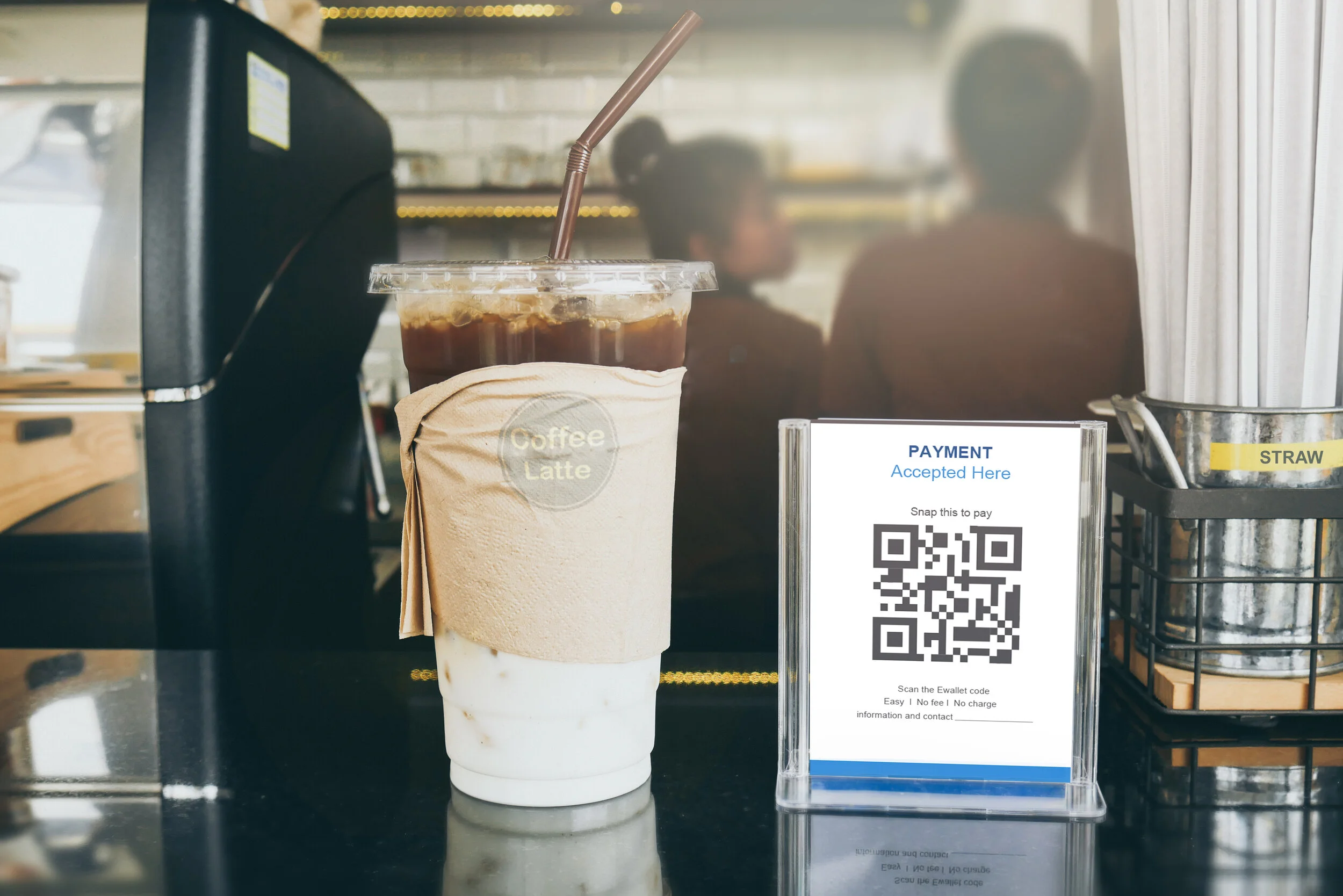In retail stores across the world, the sight of contactless payments by phone or by card has become commonplace. But more than 30 per cent of the world’s population are now considered digital shoppers and the online retail market was worth a staggering $768bn in the USA alone last year – and it’s a market that is expected to double in size by 2025.
The narrowing gap between payment and identity
QR codes, payments and the eyes of the regulators
Around the world the number of people using QR code technology is rising exponentially. A rise initially triggered by the global pandemic has continued unabated. In America alone, the first year of the pandemic saw a 25 per cent rise in QR code usage to more than 65m users. That became 75m last year, will be 83m this year, and be touching 100m by 2025.
QR Code usage here to stay
QR code payments rose to staggering 47 per cent of digital wallet transactions in 2020!
In recent weeks and months some things have changed. The advent of the so-called ‘Pingdemic’ has led to many people deleting their track and trace app and seeking to avoid being ‘caught’ by the system. But it hasn’t actually harmed usage and acceptance of the QR code and its underlying technology. That has proven its case for a place in the world.
The secure route to QR code payments
It’s an unwritten rule of a successful technology – someone, somewhere, will try to corrupt it for their own purposes. QR code technology is closing in on 30 years of usage, but the Covid-19 pandemic has turned the technology from niche markets to mainstream consumer use and that inevitably attracts interest from the fraudsters.
QR versatility puts spotlight on SMS shortcomings
The Quick Route to Compliance
There really is no limit to the way QR codes are being used
But if you want permanent proof of how adaptable QR code technology is, then look no further than Roy Healy. Back in 2019, Roy spent two hours in a tattoo parlour having a QR code inked into his forearm. The code initially pointed to Roy’s website, but he can change what happens whenever someone scans the code as often as he likes – sometimes it goes to his blog, sometimes to a fun website, or sometimes to LinkedIn and to what I guess we should call his Inked In profile.
Quite Right – it turned out 2020 was quite a year for QR codes
The QR code and the mobile wallet make for powerful friends
There’s a counter on the homepage of the GSMA’s website which tells you that today, there are some 5.1 billion unique mobile subscribers in the world. Elsewhere in its pages you can see that there are now more than one billion registered mobile money accounts – that’s one in five of the world’s mobile subscribers.
What a response - QR codes go mainstream!
Zero-Touch and Zero-Trust – it’s a perfect marriage
In a zero-trust environment, everyone and everything has to prove who or what it is when making a request of the network. It makes no difference whether that request is coming from outside of the network, or from someone on the inside – or at least someone appearing to be on the inside. Each request needs to be verified, authenticated, and tested before it can be trusted.
Cashless, contactless, in-person or remote – QR codes find their time.
Will 2020 be the year of the QR Code in European payments?
What’s really going on in payments? Will 2020 be the year of the QR Code in European payments? There’s host of factors lining up to force change on the online payments market in Europe and beyond. Tony Craddock, the Director General of the Emerging Payments Association has looked at the changes 2020 will bring, touching on PSD2 as well as outlining some of the other major themes that he predicts will impact the payments market this year.







